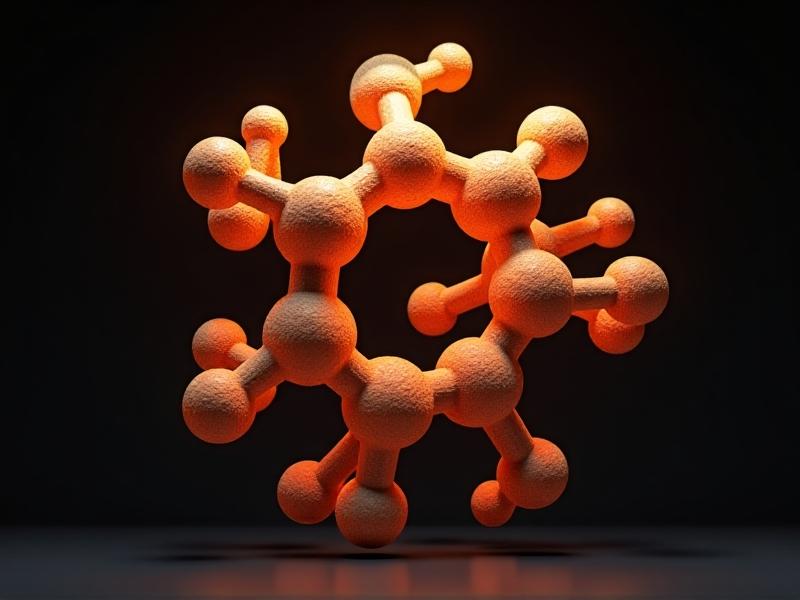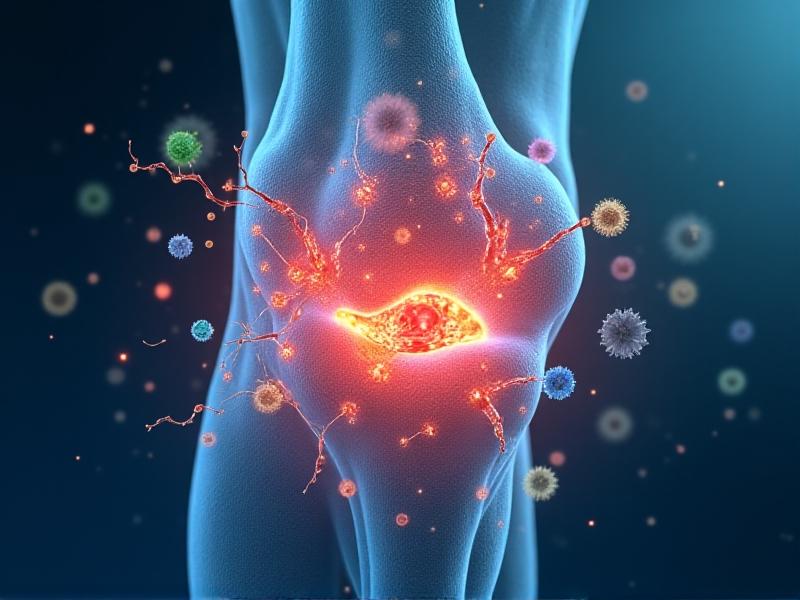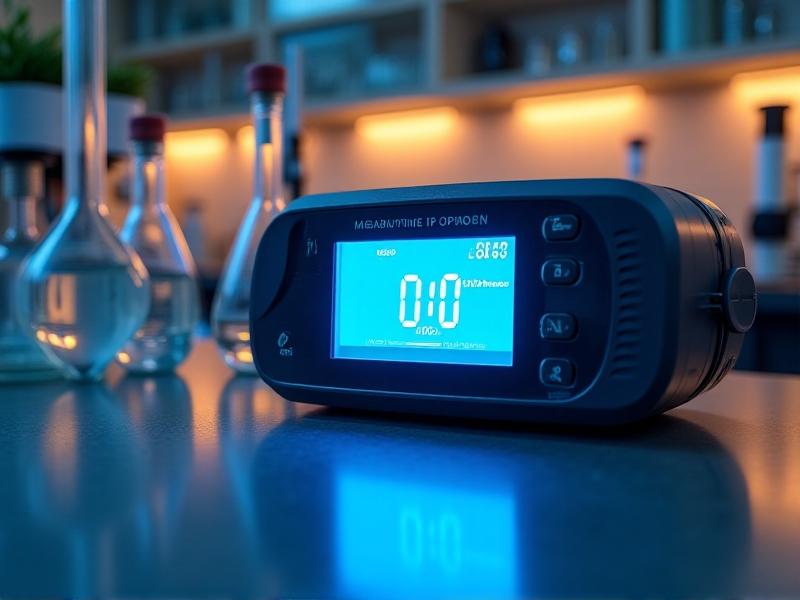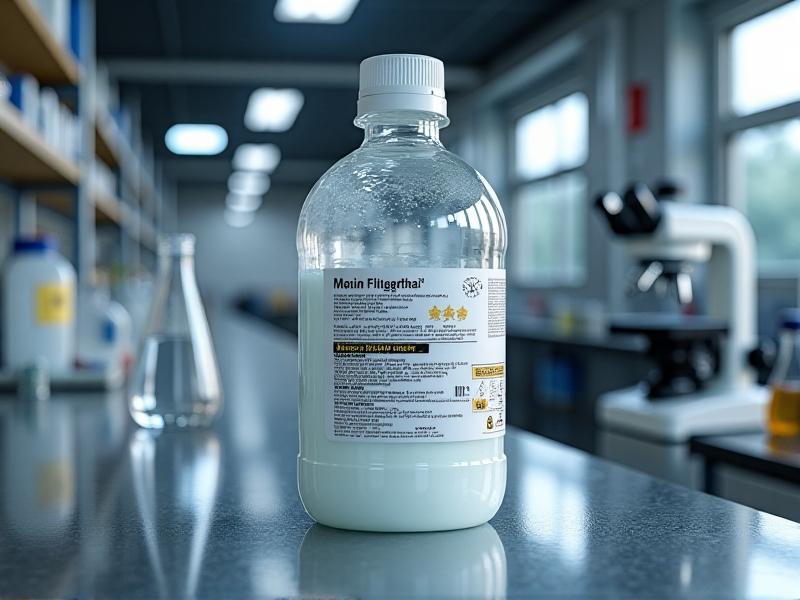Bromine Systems for Arthritic Patients
Understanding Bromine Systems and Their Role in Arthritis Management
Arthritis, a condition characterized by inflammation and pain in the joints, affects millions of people worldwide. Traditional treatments often include medications, physical therapy, and lifestyle changes. However, emerging therapies like bromine systems are gaining attention for their potential to alleviate symptoms and improve quality of life for arthritic patients. Bromine, a chemical element known for its anti-inflammatory and antimicrobial properties, is being explored in various therapeutic applications. This section delves into the science behind bromine systems, their mechanisms of action, and how they can be integrated into arthritis management strategies.

The Science Behind Bromine's Anti-Inflammatory Properties
Bromine's anti-inflammatory properties are rooted in its ability to modulate the body's immune response. Research suggests that bromine compounds can inhibit the production of pro-inflammatory cytokines, which are proteins that contribute to inflammation and joint damage in arthritis. Additionally, bromine has been shown to enhance the activity of anti-inflammatory molecules, creating a balanced immune response. This section explores the biochemical pathways involved in bromine's anti-inflammatory effects, supported by recent studies and clinical trials. Understanding these mechanisms is crucial for developing targeted therapies that can provide relief to arthritic patients without the side effects associated with conventional treatments.

Bromine-Based Therapies: Current Applications and Future Prospects
Bromine-based therapies are currently being tested in various forms, including topical creams, oral supplements, and injectable solutions. These therapies aim to deliver bromine directly to the affected joints, reducing inflammation and pain while promoting healing. Early results from clinical trials are promising, showing significant improvements in pain scores and joint function. This section reviews the current applications of bromine-based therapies, their efficacy, and the challenges associated with their use. Additionally, it discusses the potential for future developments, such as personalized bromine treatments tailored to individual patient needs and the integration of bromine systems with other therapeutic modalities.

Safety and Side Effects of Bromine Systems in Arthritis Treatment
While bromine systems offer a promising alternative for arthritis management, it is essential to consider their safety profile and potential side effects. Bromine, like any therapeutic agent, can cause adverse reactions if not used correctly. Common side effects include skin irritation, gastrointestinal discomfort, and, in rare cases, more severe systemic reactions. This section provides an overview of the safety considerations associated with bromine-based therapies, including dosage guidelines, contraindications, and monitoring protocols. It also highlights the importance of patient education and adherence to treatment plans to minimize risks and maximize benefits.
Integrating Bromine Systems into Comprehensive Arthritis Care
Effective arthritis management often requires a multidisciplinary approach that combines various treatment modalities. Bromine systems can be integrated into a comprehensive care plan that includes physical therapy, dietary modifications, and psychological support. This section discusses the role of bromine in a holistic approach to arthritis care, emphasizing the importance of collaboration between healthcare providers and patients. It also explores the potential benefits of combining bromine therapies with other treatments, such as exercise programs and nutritional supplements, to enhance overall outcomes and improve the quality of life for arthritic patients.
Patient Experiences and Testimonials: Real-Life Impact of Bromine Systems
Hearing from patients who have undergone bromine-based therapies can provide valuable insights into their effectiveness and impact on daily life. This section features testimonials from individuals who have experienced relief from arthritis symptoms through bromine treatments. Their stories highlight the challenges they faced, the improvements they observed, and their overall satisfaction with the therapy. These real-life experiences offer a human perspective on the potential of bromine systems to transform the lives of arthritic patients, providing hope and inspiration for others considering this treatment option.
Future Directions: Advancing Bromine Systems for Arthritis Treatment
As research into bromine systems continues, there is significant potential for advancements in their application for arthritis treatment. This section explores the future directions of bromine-based therapies, including the development of new delivery methods, the exploration of combination therapies, and the potential for personalized medicine. It also discusses the role of technology, such as artificial intelligence and machine learning, in optimizing bromine treatments and predicting patient outcomes. By staying at the forefront of scientific innovation, bromine systems have the potential to become a cornerstone of arthritis management, offering new hope for patients worldwide.







